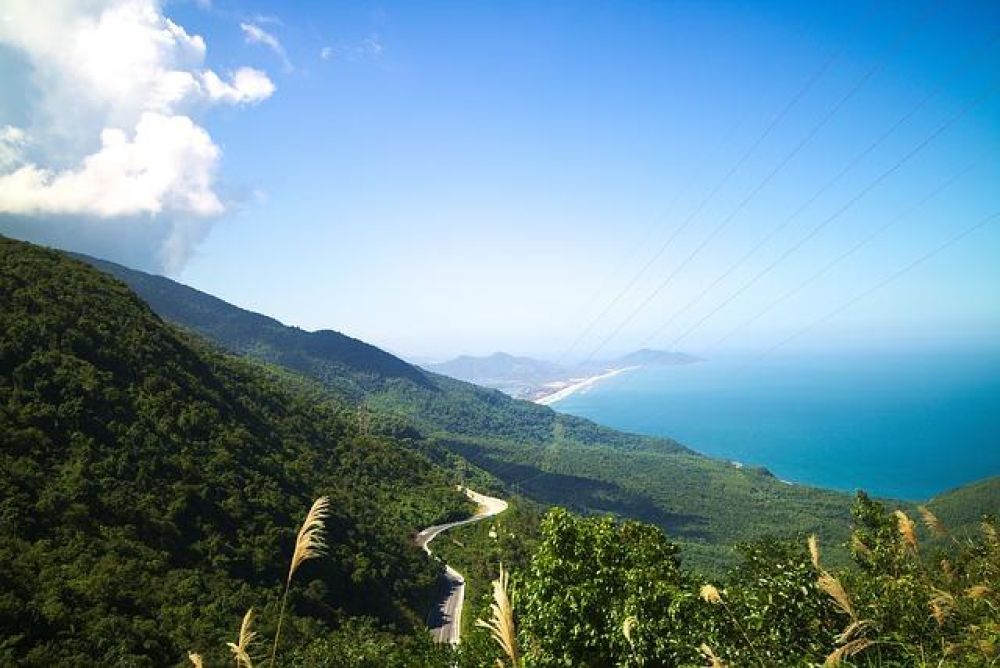

The Hai Van Pass, winding its way between the city of Da Nang and the Hue province in Vietnam, has a rich history that intertwines with the growth and development of Vietnamese tourism.
The area around Hai Van Pass has been historically significant for centuries, serving as a natural boundary between ancient kingdoms and a strategic military outpost during various conflicts. However, it was not until the French colonization in the 19th century that the region began to see its potential as a tourist destination. French colonists would often travel to the cooler climates of the mountains to escape the tropical heat.
With the construction of the Hai Van Pass road during the French Indochina era, the area became more accessible to visitors. The breathtaking views of the coastline and the surrounding mountains quickly made this route a favorite for adventurous travelers and nature enthusiasts.
The Vietnam War brought significant challenges to the region. The once-flourishing tourism industry suffered as the area became a conflict zone. Hai Van Pass, with its strategic military importance, was largely isolated from the world of tourism during these years.
It was not until the late 20th century, after Vietnam opened its doors to the world economy and tourism in the 1990s, that Hai Van Pass began to revive its status as a must-see destination. The government and private sector invested in tourist infrastructure, gradually turning the region into a thriving tourist hub.
In recent years, the inclusion of the Hai Van Pass in popular television programs like "Top Gear" significantly boosted its international appeal, marking it as a bucket-list adventure for driving enthusiasts and nature lovers alike. Nowadays, travelers enjoy motorbike tours, jeep excursions, and sightseeing trips to this historic pass.
The latest trends in Hai Van Pass and Da Nang’s tourism highlight sustainable practices and eco-tourism. Efforts are being made to protect the natural beauty of the region while accommodating the growing number of visitors. Tourism initiatives now often include education on local culture and heritage, promoting a deeper understanding and appreciation among tourists.
From a historical pass to an internationally acclaimed tourist destination, the Hai Van Pass stands today as a testament to Vietnam's resilience and its rising popularity in the global tourism sector. With ongoing sustainability efforts and a continuous focus on preserving its natural and historical assets, Hai Van Pass is expected to remain an iconic part of Vietnam’s tourism landscape for years to come.